Piracy in space: - armed traders and military patrols - part II
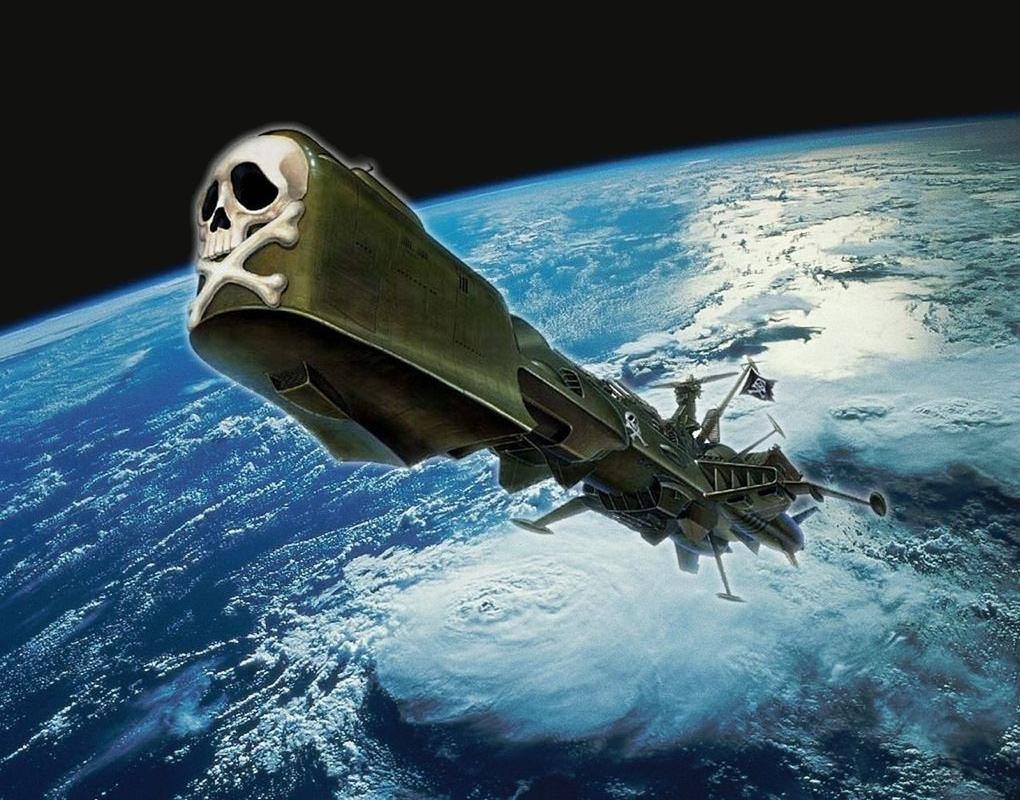
So in the last part we considered the prerequisites for the emergence of piracy in space.
Now let's put ourselves in the shoes of a pirate, a trader or a representative of the authorities, and ponder how we would act?
Resist the attack
We understand that piracy is more than just attacked, robbed and hid.
Usually pirates attack with superior forces, but interception, attack, and ransom demands must be completed quickly and abruptly. Pirates usually make reasonable demands and get paid quickly. After the release of the team, the pirates disappear, and the amount of the ransom is added to the line "expenses" of the company's balance sheet.

There is no honor among thieves, but there are unwritten rules - the Pirate Code is a common element of piracy stories.
However, if you look more closely, you may find that in the relations between pirates and victims there is a certain code of conduct (unwritten rules). It only works if all parties involved follow these rules and act as expected. For example, pirates should not harm or mock prisoners if they do not resist and usually keep them in relative safety on their ship until they get what they need. The crew, in turn, does not offer senseless resistance to pirates or does not take suicidal actions to get rid of them. All the same, to pay the ransom and lose some amount of cargo is a much lower price than the loss of human lives.

Pirate romance may again be honored.
But, a relationship system based on such rules is inherently unstable. If during the attack, something goes wrong and the team, for example, decide to blow up the ship, then in the future the pirates will be more careful and act harder. Or if one pirate team refuses to release the hostages after the negotiations, then in the future, crews of merchant ships will have less trust in the pirates and will be inclined to put up stiffer resistance.
Every single incident creates an image that the different parties have about each other. But it is worth several times to violate the unspoken rules, this can lead to the fact that all the pirates and crew of a commercial ship abandon them and fight for their lives until the very end.
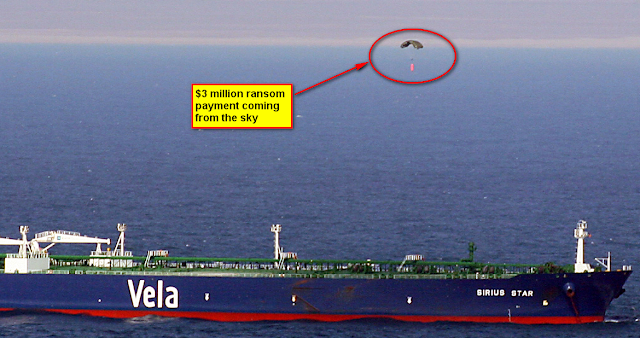
More realistic image of piracy. (a ransom of 3 million was dropped on board the ship)
For pirates, this means the complete destruction of the target and the collection of what remains of it, instead of carrying out complex interception and ransom. And for the crews of merchant ships, this means risking their own lives in order to get rid of the pirates and not trust a single word of them.
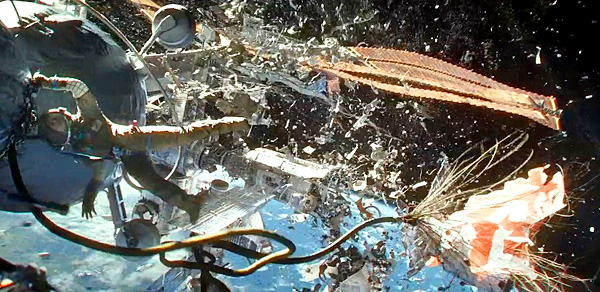
The consequences of a pirate attack will look like a scene from the movie "Gravity" (2013).
The continuation of such actions will only enhance the effect. In the end, all the victims will believe that the pirates want to kill them, and all the pirates will never bother negotiating with their victims and no company will agree to pay a ransom for their team.
In this article, we will look at various options for actions that victims can take to resist piracy, both in a situation where the unwritten rules are observed and in the case when total war takes place.
Anti-Piracy Tactics - Detection:

Infrared detection of heat sources will dominate space.
For a merchant ship to respond to an attack, its crew must understand that an attack is planned on the ship. In some cases, it will be easy to determine. To intercept a target, a pirate ship can use rocket engines that can be easily detected, or the pirates themselves, can illuminate the hull of the victim’s ship with a laser beam to demonstrate that the ship is within range of the weapon.
However, in many cases, pirates will try to avoid detection until the last moment. As indicated in Part I, they can use stealth tactics so that the victims do not know about the attack even when the pirates negotiate with the transport company. They can use unmanned aerial vehicles, which are fixed on the transport ship and set up a bomb and reveal their presence on the way, they can even remotely access the navigation system of the target ship, which the team may not even guess.
Considering such opportunities, it is important that the crew of a commercial ship take timely measures to detect threats both outside and inside. Such measures may be - interaction with more powerful radar and lidar detection systems, information exchange with a network of military sensors, duplicate testing of control commands and visual inspection of the outer case of the spacecraft for any unknown devices or drones that may be installed illegally. .
Coordination with other spacecraft significantly increases the chances of finding potential adversaries. That is - more ships, more sensors, more data.
Tactics of counteracting piracy - escape:
After the threat is discovered, the first option is to give a reward.

Pursuit Cosm. Ship
The best way to do this is to cut in the engines at full power and accelerate as much as possible towards the destination point until the fuel tanks are empty. Thus, the ship reduces the total time of flight and reduces the time of flight beyond the boundaries of safe space. As mentioned in Part I, every meter per second acceleration of a delta V is required from a pirate ship of a larger amount of fuel - two or even four times. Even a small set of speed can help overtake the pirate ship due to the exponential nature of the increase in the delta V.
And although the idea of dispersing a ship in the direction of safe outer space is viable, it will be reasonable only if the traffic control authorities did not decide to mark the victim ship itself as a threat that must be destroyed to prevent an important object from colliding and if the friend / insurance / The transport company will be able to assist in the friendly interception of the victim's spacecraft in order to slow it down. If ships are cheap and the delta V is too high, it may be that only the crew can save.
In some cases, a commercial ship may not rejoice at the destination, having learned that a multi-ton uncontrollable ship is moving in their direction, or pirates can attack from a position that is located between the merchant ship and the destination. In this case, the acceleration along the same trajectory is not recommended. Instead, it would be better for a merchant ship to change the orbit of movement away from the pirates.
Both such maneuvers increase the consumption of the pirate ship's delta V to intercept the victim and increase the duration of the chase. In turn, the pirates may not dare to reveal themselves and leave the area of outer space chosen for the ambush, and thus drastically reduce their chances of a safe outcome for the enterprise ... and can completely abandon the attack!
The disadvantage of this approach is that if a spacecraft encounters a determined pirate team that is set to go to the end, the victim ship may deviate greatly from the trajectory that leads them to a safe place, but instead the ship will go straight to the cold depths of space where the company they make up only evil pirates.
Thus, escape is not always an option.
Sometimes the pirates will perform an ideal interception and will not leave the target any chance of salvation, or an attack may occur on the final segment of the route near the point of destination of the merchant ship, right at the end of the braking, when the fuel tanks are almost empty. What then to do?
Tactics of counteracting piracy is a counterattack:

One of the ways to counter problems is to face them.
Except when the pirates do not plan to negotiate and are not shy about damaging their target, they will have to perform an interception by all the rules. That includes alignment of the trajectories with a commercial ship and braking to the desired relative speed.
Thus, in order to prevent interception, a commercial ship must prevent the relative speed from falling too low. “Too low a value” depends on how the pirate attack is conducted. For example, a pirate ship uses drones that are fixed on the hull of a merchant ship to break into the navigation systems or install bombs. Drones can have a delta-V margin of several hundred meters per second, if the relative speed between the pirates and their target is greater than the given delta-V value, then there is no point in using drones.
The easiest way to counterattack is to direct the spacecraft at the enemy and turn on the engines at full power. The crew can drop some equipment overboard at the right time to hit the pirate ship or even assemble an improvised guided missile from the EVA shunting engine package and part of the hull cover. Also near the pirate ship at the last moment you can deploy the ship, start the engines to the full and burn through the hull of the pirate ship.
If pirates rely heavily on stealth tactics, their spacecraft can be significantly limited in power. A commercial ship, not weighted with reflective hulls, tons of cryogenic heat sink and massive expansion nozzles, could have the advantage in acceleration and be able to escape from any interception. But it certainly depends on the design and type of ship. Also in the way of interception or harassment can be reset "surprise gift" ...
Tactics to counter piracy - dumping or destruction of the goods, sabotage
What to do if a commercial vessel is economical transport boat with a minimum capacity of acceleration, all the same it was intercepted by a pirate ship, and help is not available?
Two previous tactics, such as - to run away and move aside will not work. How, then, can the pirates attack be avoided? You can consider the extreme option: reduce the value of the extraction of pirates.
If the purpose of the pirates is cargo, then it can be destroyed, contaminated with radioactive materials, burned and thrown overboard. If the pirates want to capture the ship directly, you can punch the fuel tanks, cut out the pipes of the cooling system, destroy the computers and start the rotation of the ship until the shunting fuel is completely consumed. If pirates plan to demand a ransom, the transport company can immediately declare that it does not negotiate with the pirates and will not pay anything, and all negotiations must take place exclusively through government channels.
A trading team can afford such tactics if both the cargo and the ship are insured. Such actions may be expedient, even if the company suffers a loss, and alternatives for the development of the situation are even worse - for example: captivity or death of a team or threat to a much larger number of people on the space station or in the colony.
Tactics to counter piracy - Armament:
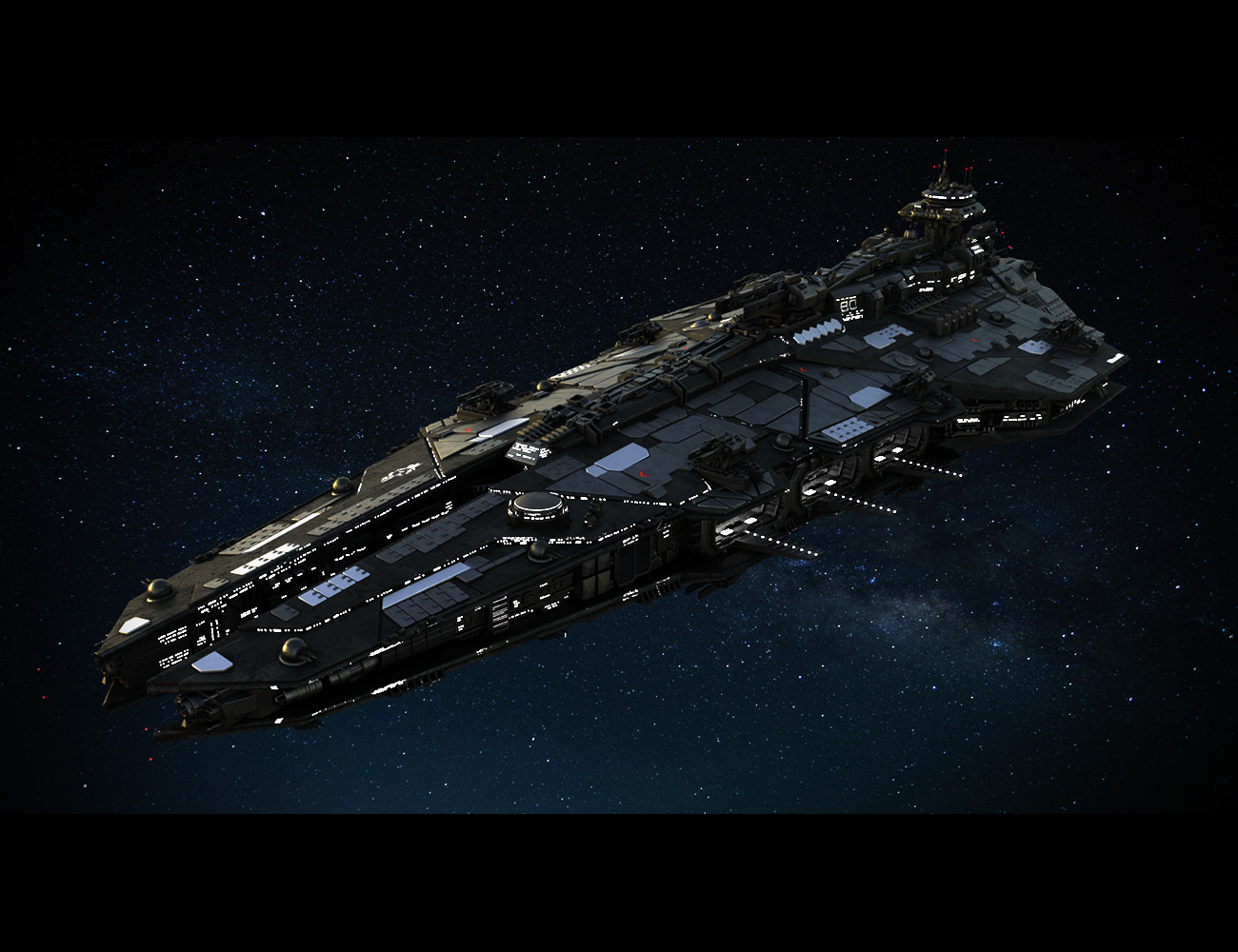
Spaceships from ships, most of them are based on the concept of independent armed merchants.
It is logical that the pirate ship does not dare to attack the target, which is clearly armed to the teeth. In fact, a merchant ship that can legally purchase weapons through legal channels can even be equipped better than the pirates themselves. In this case, each pirate attack will be a space battle between warships, in which the winner returns home alive and perhaps as a bonus receives the cargo and some equipment that can be sold or used to further improve the offensive and defensive capabilities of his ship.
Of course, this will lead to an arms race. If merchants start equipping their ships with guns, the pirates will close the hull of their ship with armor. If 100kW lasers appear, then someone wants to get an even more powerful laser - 1MW and so on. This can quickly lead to small wars between a fleet of pirates who fly modern warships and a fleet of corporate ships for control of commercial traffic.
All this is of course, fascinating from the point of view of the story ... but how realistic is it?
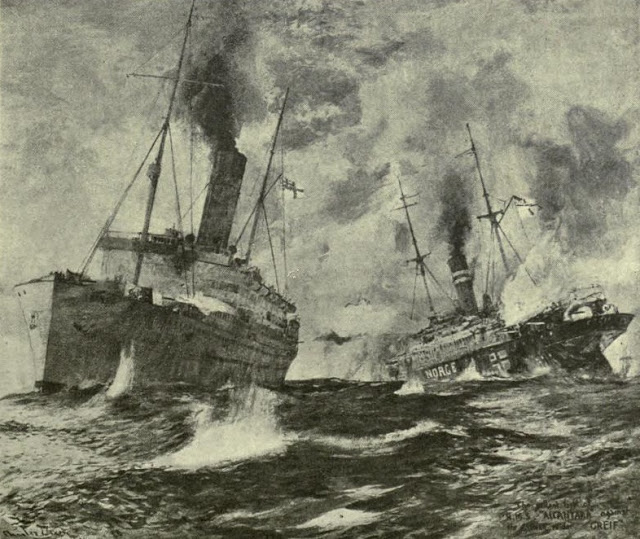
Armed traders existed in modern times.
The same logic applies to modern scenarios of armament of commercial ships. Why sea merchant ships are not covered with armor and not equipped with guns and cannons? In the end, we also have pirates and installing a pair of machine guns on a cargo container, we can solve a lot of problems!
The answer ... insurance
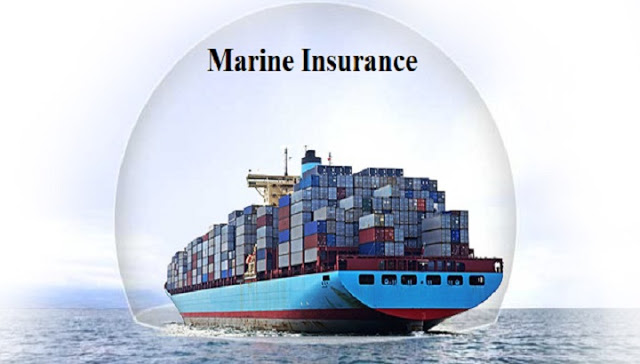
Insurance in the field of shipping is one of the oldest means of protection against the loss of a ship or crew, examples of which were registered in the times of the ancient Greeks and Romans. This is the basis of modern shipping and it significantly affects the profitability of the trade route.
The concept is simple. The insurer calculates the cost of risk during transportation of the cargo, which is the amount payable in the event of damage to the vessel, crew or cargo. Then it multiplies this value by the probability of paying this amount, divides the resulting value by the number of customers and creates an insurance rate. The client, in turn, buys such insurance for a small part of the cost of replacing, repairing or recovering assets at risk and is guaranteed to lose nothing if something bad happens.
But since we are discussing science fiction, and not financial insurance theory, we will not go into such details, but note that the costs paid by the shipping company for insurance will be much lower if there are a large number of insurers on the market and if they can freely exchange information to get an accurate picture of possible risks.
Piracy reduces the number of insurers and increases the risks of transportation. The fact of piracy forces companies to act more cautiously, to hide information that pirates can use, which at the same time negatively affects the ability of insurance companies to objectively assess risks and give a realistic assessment of the situation. Frequent attacks on ships mean that insurance companies will have to pay more often and fewer customers.
So why not arm the merchants?
In fact, insurers believe that arming the ships situation only worsen. Instead of paying a ransom for the captured crew or cargo from time to time, they believe that they will have to pay for the death and injury of crew members due to improper handling of the weapon or damage to the ship itself. In the worst case, an expensive ship itself may be sunk ... or a weapon may fall into the hands of pirates. Due to the increase in insurance premiums, the cost of armament of transport ships, the cost of military training of seafarers and legal difficulties associated with the delivery of weapons to busy ports and their use on sea lanes, shipping companies have abandoned this idea.
But it was not always so.
Most of the pirate ships were civilian ships on which cannons were mounted.
In the era of the sails of merchant ships regularly armed. Pirates could appear out of nowhere and the sailors had to fend off brigands, as they could not rely on promises of redemption from the company. Help was far away, it was weeks or months of travel, and the laws governing the arming of ships were not clear or difficult to do. The period of history, when the naval powers were weak, and the government was engaged in other problems, was known as the Golden Age of Piracy!
Therefore, it is not difficult to imagine a science fiction scenario when transport companies arm their ships to fight off pirates. It may be cheaper than constantly paying insurance premiums and write off ships attacked along the way as irretrievably lost. If interplanetary trade will be highly profitable, the port authorities may agree that de facto warships are engaged in trade. Coupled with a weak government, whose space fleet performs other tasks and deals with other problems, one can imagine a traditional science fiction setting in which players take on the role of armed traders, such as in the Elite Dangerous or Eve Online games.
Government measures to combat piracy:
The main protection against piracy today are warships patrolling dangerous waters. If a suspicious vessel is found, such a ship will be stopped and inspected. If a distress signal is received, the warships will be sent for help. They are the reason why pirates have to sneak up on their target unnoticed, act quickly, and sometimes even refuse the attack altogether.
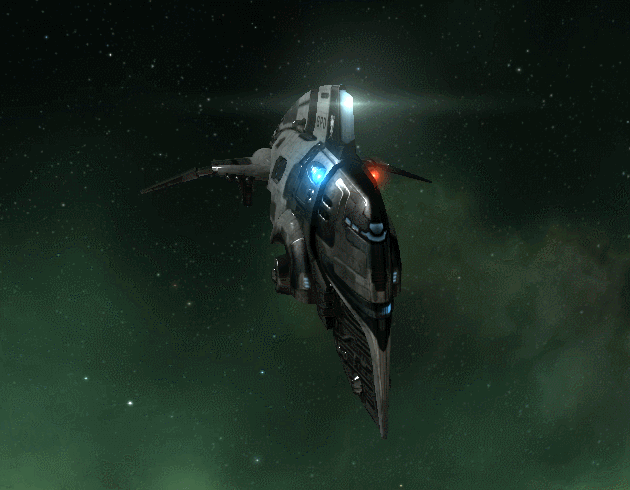
Remove the shields, this is the Police!
In the future, it may also be in space.
A military spacecraft can be sent to assist the transport ship. Long-range weapons, lasers, can allow them to attack pirates without intercepting them. An improved power plant, inaccessible to civilians and difficult to reach for pirates, will give them an advantage in maneuverability sufficient to intercept pirate ships even from unfavorable starting positions.
Of course, the best thing is not just to react to attacks, but to prevent them altogether.

Space patrol based on atomic missiles.
Military patrols may be located near areas where pirates operate. The very fact of their presence can cool the pirates and force them to abandon the attack. Reasonable practice of inspections, traffic control and radar control will keep the situation under control.
Other measures may be taken to reduce the number of attacks by pirates.
As mentioned earlier, the ability of pirates to attack unexpectedly and avoid detection is crucial. To counter such attacks, military grade sensors can be deployed. Stealth versus passive detection is relatively easily realizable, but to hide from active sensors, with a power of megawatts of radio, microwave and laser energy, is much more complicated. Such sensors can be designed to detect enemy ships like the “Hydrogen steamers” described in the first part, so they are well suited for uncovering criminal activity using the same tactics and technology.
To combat piracy, you can also install the appropriate military complexes. For example, a laser launch system can also be used as a means of dealing with pirates. Also on the route can be installed rocket systems, and launching of missiles is carried out autonomously, which will reduce the delay for military response to a minimum.

Convoy
It is also possible to carry out military escort of a group of transport ships with a payload capacity exceeding a certain number of tons. This would be an efficient use of military resources, since it drastically reduces the amount of outer space that a warship must protect to a small region close to a convoy.
The most proactive tactic to combat piracy is hunting for the pirates themselves. The government task of warships is related to the search, prosecution and destruction of pirate groups, wherever they are. With the help of their own invisible ships, they can ambush in a certain area of space and catch pirates entering or leaving areas where their presence is known. Submarine killer hunters operate in a similar way today. And you can go even further and cover the very pirate base or station.
The main problem hindering the implementation of all these measures, as a rule, is their cost. The creation of combat-ready warships requires many resources, their maintenance in working condition drains military budgets around the clock. Huge sensor and weapon networks to protect trade routes are a viable option only if the taxes received from the trade compensate for their cost.
Sometimes you have to consider cheaper options, especially for less busy routes and shopping hubs. This is where private contractors come into play.
You can hire a civilian company to escort, patrol or intercept a pirate ship.
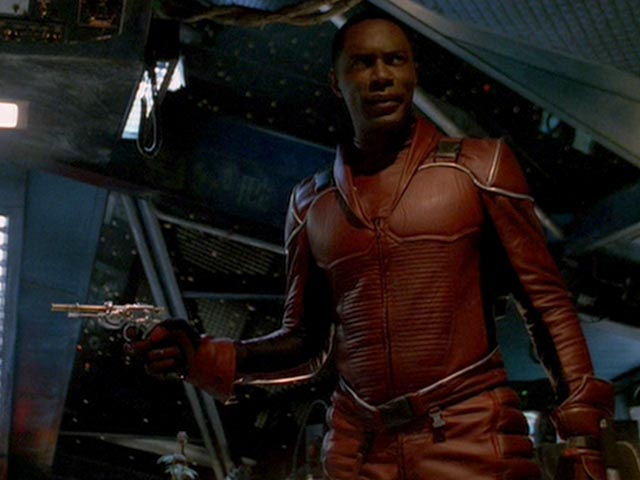
Such "paramilitary" forces are much cheaper than the actual military, since they themselves provide their own training, they acquire weapons and ships at their own expense. There are more of them than any military, and such teams can be recruited locally in close proximity to the region where they are needed. Historically, there have been cases when the pirates themselves became mercenaries and tracked down their former comrades, in particular, in the framework of the royal pardon of 1718.
Tactics to counter measures to combat piracy - From the point of view of a pirate.
Pirates won't just disappear. They will use tactics that reduce the effectiveness of the above measures, or even completely oppose them. Some of the tactics will rely on the increase in the number of pirates, when several teams carry out an attack simultaneously, while others act to divert the attention of the security forces and coordinate their actions.
Stealth is not always a task that you can do on your own.
Pirates can deploy a network of their sensors for the sole purpose of detecting other sensors used by governments to track the positions of spacecraft. They can be placed secretly or openly, depending on the legality of collecting such information or by hacking and reprogramming already existing systems.
Such actions to gather information will not necessarily be a crime. Modern amateur astronomers, of interest for the sake of, with the help of their telescopes in the backyard are engaged in the detection and tracking of military satellites in the sky. For example, the Pentagon’s secret space plane X-37B was discovered this way.
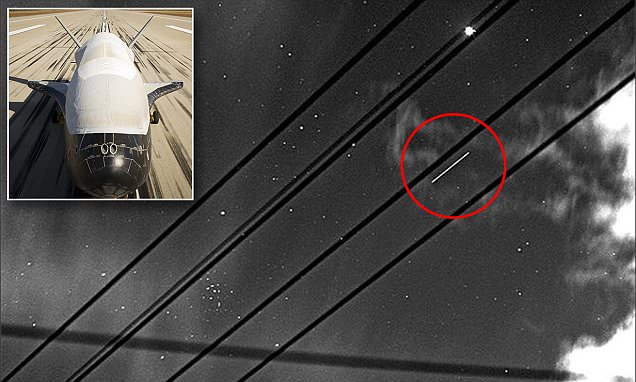
Such “amateurs” can sell the collected information to an interested party, which will have almost no connection with piracy activities, but which relies on such data.
Owning information about the location of sensors, pirates will be able to more effectively avoid detection. They will be able to evade sensors, remaining outside the range of their detection using gaps in the detection system. They can blind the sensors with laser beams, blocking a vast range of the electromagnetic spectrum, or they can just shoot them using projectiles or a powerful laser pulse.
An additional effect of the use of such tactics is that the level of secrecy necessary to get to the target will be much lower. So the maximum level of secrecy will be required only in the immediate vicinity of the radar, and in some cases it will be possible to do without protection from active detection, such as radar / lidar, since they will not be effective over long distances.
If military forces in the form of convoys are deployed to protect civilian ships, the pirates will be able to rely on economic realities to attack only unprotected targets. It will be impossible to attach a military frigate to each transport worker.
Governments can only rationally use military resources, commensurate with the problem of piracy, which, as a rule, makes up only a small fraction of the total military potential. Except when the state is extremely militaristic or in a war, the number of civilian ships will be significantly higher than the number of warships. For these and other reasons, the value of the goods must be as large as possible to use protection by the military.
As a result, delivery to less visited ports or routes of transportation of less valuable goods and in smaller volumes will be less protected than large deliveries on profitable routes. For example, trade between Earth and Mars can be protected very well, while merchant ships operating on routes between Uranus and Neptune will be left to themselves.
In such a situation, more complex relationships will arise between the military and the pirates. Of course, warships can be sent to protect "light" targets, but at this time, usually important routes can remain unprotected, and pirates can use this, who have access to information about which routes are actually protected and which are not protected.
In such a situation, there will be a field for the use of such tactics as: convoys, lures, sabotage attacks, etc.
Pirates hunters can act to fight pirates. Which in turn can cause one of two reactions among pirates: secrecy or aggression.

The tactic of stealth is that a group of pirates in a secretive mode is sent to a long enterprise. A strict methodology is used to prevent detection: fuel is replenished by ice from unoccupied comets and asteroids, repairs are carried out by engineers on board, spare parts are made using unlabelled 3D printers, and the hull never heats up. Attacks via remote control are preferred. Any prey is stored for future sale.
The most dangerous moment is the return of the team to “normal” life. To do this, the pirate ship can meet with a friendly civilian ship, which takes the team, and the pirate ship itself is sent autonomously to a secret place, where it waits for the next trip. Then a civilian ship enters the space station, which does not control the arrival or departure of passengers. Even if it is necessary for technical reasons, it may not transmit information of this kind to the authorities.
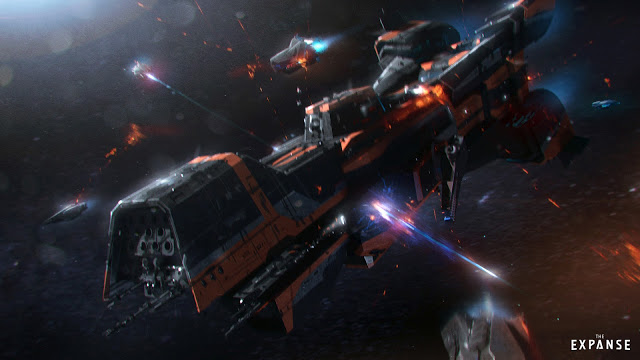
Aggressive response - the formation of hunters hunters on pirates. The concept is simple. Several pirate ships are united in a fleet and carry out an attack, which according to the plan should attract the attention of pirates hunters. As soon as the Pirates Hunters arrive at the scene, the pirates reveal themselves, forcing the Hunters to stalk them to the ambush site. Ideally, pirates can organize themselves into a sufficiently large force and destroy the hunters, thereby forcing them to be more careful in the future and as a result, less effective.
Conclusion and world order
To imagine a world in which piracy occurs in reality, you just need to consider the elements and factors that lead to the fact that piracy becomes not only practically possible, but also probable. This could be the development of technologies: such as stealth systems, corrupt officials, independent space stations, weak military forces - the specifics depend on the situation.
However, a single set of stimulating factors is not enough. We must also take into account the fact that piracy will not be constancy.
During periods of prosperity, piracy will grow as corporations, thanks to the super profits, will be willing to pay any ransom for their cargo and personnel.
However, the same amounts of money that can be used for redemption can flow into the state treasury, which will allow you to pay an increase in the strength of the Armed Forces and step up anti-piracy operations until the pirates disappear.
Then, as piracy disappears, justifying the spending of huge sums of money to combat piracy, when it can be said to have disappeared, will be criticized - which means such actions will be reduced, especially during times of economic crisis, which will once again open the doors for pirates who will resume their fishing.
Changes in technology, such as sensor performance or shipping costs, will also affect piracy. In addition, policies and laws will play a large role in the interpretation of the very concept of piracy. Pirates can be, for example, a rebel group fleeing the tyranny of a repressive government, or rogue traffickers who sometimes use their armed merchant ships to protect themselves from attackers ... or they themselves act as an aggressor if they think they will get away with it ...
In conclusion, piracy in space is not necessarily a science fiction fiction. It is possible if the conditions are favorable to him and for this there will be sufficient technical capabilities.
